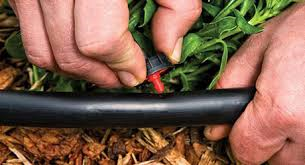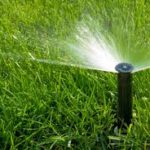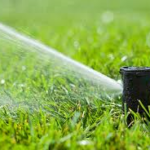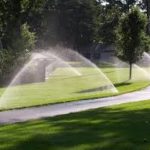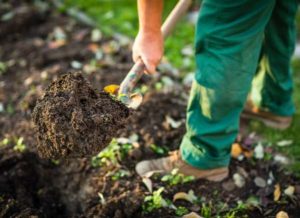Irrigation System Guide (FAQ’s)
Now that you’re enjoying your beautiful new landscaping, let’s keep your new plants and/or sod thriving! It’s easier for plants to bounce back from under watering than over-watering, although the plant will show the same signs of distress. The best way to determine if you need to increase or decrease the amount of water applied, is to feel the soil around the base of the plant. Keeping in mind if there was a recent watering cycle, inspect the soil for dryness. Below you’ll find a description on how you should manage your new irrigation system after your project is completed:
– Initial installation: We program your controller to water plants and/or sod as soon as they’re installed. The intention is to saturate the soil so it’s thoroughly moistened, which lessens the transitional shock of being
transplanted/installed.
– Week 1: Your controller has been programmed to run twice daily, in the early morning (2AM/6AM). Recently installed plants require deep watering to encourage rooting. The objective is to water deeply for longer
periods of time, then provide time to dry out and repeat the cycle. Newly installed sod has a shallow root system and requires frequent watering intervals to encourage rooting. Do not water your lawn in the
afternoon/evening – this can cause more harm than good. Once your lawn is established, you should water once in the early morning, for a longer interval, providing a day to dry out in between cycles.
– Week 2: Remove the secondary watering time. When it begins to rain, you can turn your system off entirely.
– Week 3 and beyond (during warm weather): Water plants deeply (30-40 minutes) 2-3 times per week and water sod every other day (5-7 minutes for pop-up sprinklers and 30-40 minutes for rotor sprinklers).
– After 1 year: Plants should be established and require less watering. Drought-tolerant plants may need no supplemental water, whereas shallow-rooted plants or plants with greater water needs may need water
weekly. Here are some general guidelines:
o Check soil moisture before watering. Probe soil with a spade or trowel. Generally, you want the soil to be dry an inch or two below the surface before you water.
o Recheck soil after watering. At least an hour after you water (or two hours with clay soil), probe soil to see how deeply the water penetrated. If it didn’t reach the root zone, you may need to increase your watering. If
the area is soggy, reduce watering and/or provide an additional dry day.
o Encourage deep roots by allowing the top inch or two of soil to dry before watering again.
o Bark Mulch retains moisture. Mulching the surface of the soil reduces evaporation and keeps the roots cool, so you can water less often.
o Drought-tolerant plants need regular water until they are established.
o Planted containers tend to dry out quickly, particularly unglazed clay pots and will require daily watering. Check them during the summer by sticking your finger into the soil. If it’s dry down to the first knuckle on
your index finger, add water. Always apply enough water so that some seeps out of the bottom drain hole.
o Young trees need deep, regular watering. During times of little or no rain, water deeply once a week until trees become established.
We hope that this has provided a good baseline for operating and maintaining optimal watering for your new landscape.
We’re always here to assist in any way, so don’t hesitate to contact us should you have any questions.

